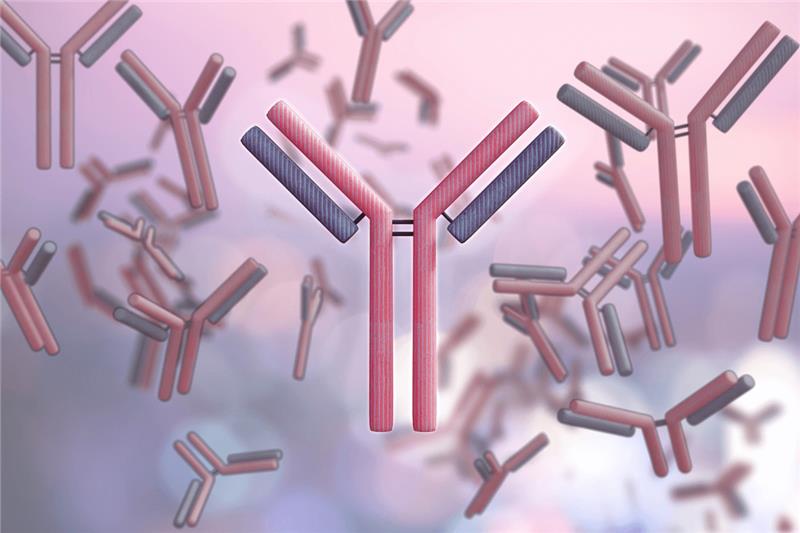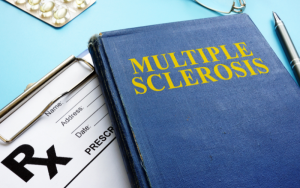
The 2025 Nature publication “Atomically Accurate de novo Design of Antibodies with RFdiffusion” by Bennett et al. marks a groundbreaking development in computational approaches to antibody design. The researchers successfully demonstrated that antibodies can be designed entirely through computer modeling with atomic-level precision.
Conventionally, the discovery of antibodies has been based on immunization, samples of patients, or screening of high-throughput random libraries, which may be time-consuming, costly, and do not necessarily result in the identification of antibodies with specific binding to the therapeutic epitope. To overcome these constraints, the present study introduced a fine-tuned adaptation of the artificial intelligence model RFdiffusion, meeting the yeast display screening with the aim of producing and validating antibodies with the ability to target a specific epitope.
RFdiffusion is a modified version of RoseTTAFold2. It builds antibody backbone structures by converting random protein coordinates via a process known as denoising into ordered structures. The researchers recapitulated the model with antibody-antigen complexes in such a way that it could predict the correct shape of complementarity-determining regions, CDRs, and the orientation and affinity of these regions with their target epitopes. The presence of the hotspot residues was used to direct the model to the exact sites of binding. Once the backbone was established, CDR sequences were generated using ProteinMPNN, and a refined version of RoseTTAFold2 was then employed to evaluate the predicted structures and eliminate weaker candidates.
The researchers initially used the framework on single-domain camelid antibodies referred to as VHHs with a humanized backbone called h-NbBcII10FGLA. Designs and screening of yeast displays of about 9,000 designs per target were done on several disease-relevant proteins, including the toxin B of Clostridium difficile, the haemagglutinin of influenza H1, the SARS-CoV-2 receptor-binding domain, respiratory syncytial virus, and IL-7Ralpha. The designs were found to bind their targets as predicted through cryo-electron microscopy. A single influenza-specific VHH corresponded to the computational model at the atomic level. The initial binding affinities ranged from tens to hundreds of nanomolar, but using OrthoRep for affinity maturation, they were improved to single-digit nanomolar levels without altering epitope specificity.
The approach was then extended to single-chain variable fragments, or scFvs, which contain both heavy and light chains with a total of six CDR loops. For Clostridium difficile toxin B, cryo-electron microscopy confirmed that two designs, named scFv5 and scFv6, bound to the intended epitope.
The scFv6 structure closely matched the computational prediction, with backbone deviations ranging from 0.2 Å to 1.1 Å across all six loops. Binding affinities measured by surface plasmon resonance were 72 nM for scFv6 and 460 nM for scFv5, while conversion into full-length IgG1 antibodies preserved similar affinities of 68 nM and 380 nM, respectively. The same workflow was applied to design scFvs that recognized the PHOX2B peptide in complex with the MHC molecule HLA-C*07:02, achieving specific binding with Kd values of 400 nM by surface plasmon resonance and 1 μM by isothermal titration calorimetry.
In more detailed studies, AlphaFold3 prediction of the interface modeling score was found to predict successful or unsuccessful designs with an area under the curve of 0.86. Only 9% of the VHH designs achieved a score above 0.6; however, nearly all validated binders had scores exceeding this threshold, suggesting that applying this filter in future studies could substantially improve success rates.
This study represents the first structural validation of truly de novo–designed antibodies and establishes a systematic workflow that integrates deep learning–based design, high-throughput screening, and experimental optimization. Even though the success rate at present is rather low, it is believed that, with the development of the model architecture, sequence refinement, and humanization, reliability will be enhanced. In the future, when computational design techniques are improved, they may offer an expedited and less expensive route to creating highly specific therapeutic antibodies that are customized to any medical target.
References: Bennett NR, Watson JL, Ragotte RJ, et al. Atomically accurate de novo design of antibodies with RFdiffusion. Nature. 2025; https://doi.org/10.1038/s41586-025-09721-5













